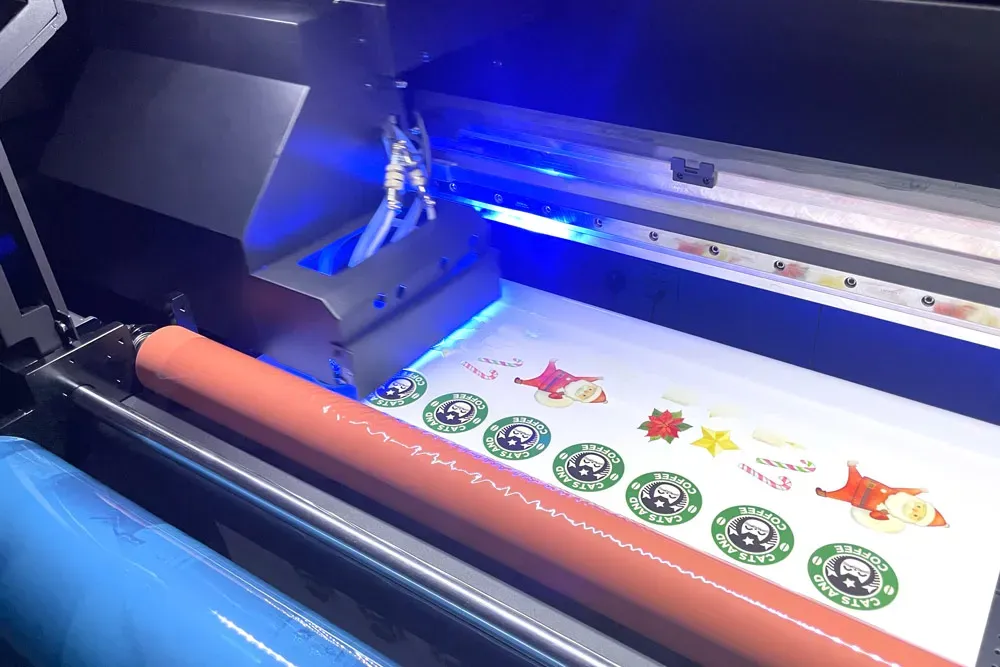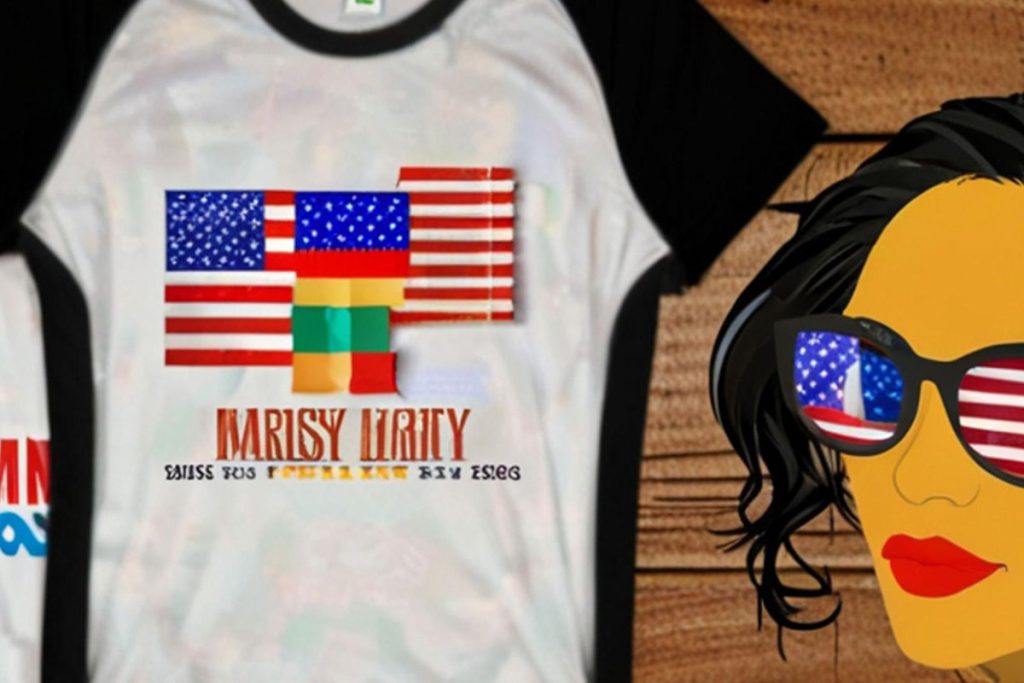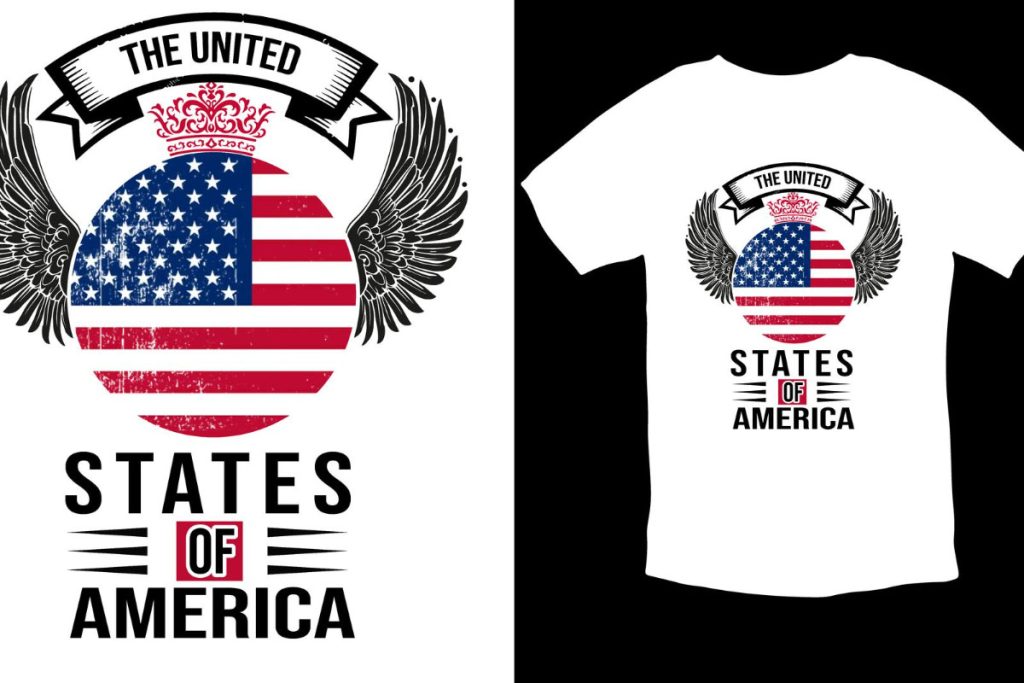In the realm of **UV DTF printing**, innovative printing technology has emerged as a transformative force in graphic design and product customization. This Direct-to-Film method intricately blends traditional screen printing with advanced digital processes to produce vivid, durable images. With its ability to work on diverse materials from apparel to plastics, UV DTF printing is capturing the attention of businesses seeking high-quality output and versatile applications. As consumers increasingly demand eco-friendly printing solutions, this printing process meets the challenge with UV inks that are formulated to be lower in volatile organic compounds (VOCs). In this guide, we’ll explore everything you need to embark on your UV DTF printing journey, from understanding the technology to mastering its techniques.
Exploring **Direct-to-Film printing** offers a window into a rapidly evolving technological landscape where precision and sustainability converge. This advanced printing method employs UV-curable inks to achieve exceptional results on various substrates, making it a prominent choice for industries wanting to create striking designs with lasting durability. Often heralded as an eco-friendly printing solution, UV DTF printing is not only versatile but also efficient, combining the best attributes of traditional and digital printing methods. From the seamless integration of intricate patterns to its adaptability across materials like textiles and wood, this printing approach stands out in the modern marketplace. As we delve deeper into the intricacies of this printing process, you’ll discover the tools and techniques needed to harness its full potential.
Unveiling the Process of UV DTF Printing
The UV DTF printing process begins with the creation of a design using specialized graphic design software. This design forms the basis of the print and can be tailored to meet the needs of various applications, from promotional merchandise to custom apparel. Once the artwork is finalized, it is printed onto a film using advanced UV-curable inks, which are known for their ability to produce vivid colors and fine details. This stage of the printing process is crucial, as the quality of the print will depend heavily on both the design and the inks used, leading to professional-standard output.
After the design is printed onto the film, the next critical step is curing. Curing involves exposing the printed film to ultraviolet light, which hardens the UV inks and enhances their durability. This process is essential, as it ensures that the print is not only visually appealing but also resistant to factors such as scratching and fading. The ability to quickly cure prints means that production times can be optimized, making UV DTF printing an efficient choice for both small businesses and larger manufacturing operations.
Benefits of Choosing UV DTF Printing for Your Projects
One of the standout benefits of UV DTF printing is its versatility. This innovative printing technology enables users to print on a wide variety of materials, including textiles, plastics, and even metals. This adaptability makes UV DTF an excellent choice for businesses looking to expand their product offerings. Whether creating custom clothing, promotional items, or unique home décor, this printing process allows for the application of striking designs across different surfaces without compromising quality.
Moreover, the durability of UV DTF prints cannot be overstated. The use of UV inks, which adhere firmly to the chosen substrates through the curing process, results in designs that can withstand the rigors of everyday use. For products exposed to environmental factors, such as outdoor fabrics or signage, UV DTF printing provides a long-lasting solution that resists wear and tear. This longevity reflects not only in customer satisfaction but also in reduced production costs in the long run.
Key Techniques for Mastering UV DTF Printing
To achieve impressive results with UV DTF printing, understanding and mastering the various components of the printing process is essential. A critical factor is surface preparation; ensuring that the substrate is clean and free from contaminants is pivotal for successful adhesion. Failure to prepare the surface properly may result in poor print quality and diminished durability, which can affect the overall appeal of the final product.
Additionally, choosing high-quality equipment is fundamental. Investing in a reliable UV DTF printer and using the recommended UV inks are critical steps toward ensuring satisfactory results. Each printer may have specific requirements when it comes to inks, settings, and machinations, emphasizing the importance of following manufacturer guidelines. By honing in on these technical aspects, you can significantly improve your print output and lead your projects to success.
Eco-Friendly Benefits of UV DTF Printing
Environmental concerns have become increasingly relevant in the printing industry, and UV DTF printing offers an eco-friendly alternative to traditional methods. Many UV inks used in this printing process are formulated to be low in volatile organic compounds (VOCs), making them safer for both operators and the environment. This reduction in harmful emissions not only supports a healthier workplace but also aligns with consumer demand for sustainable products.
Furthermore, the efficiency of UV DTF printing minimizes waste, a crucial aspect in addressing sustainability. Since the ink cures rapidly on the film, users can typically print precisely what is needed without excess, decreasing material waste. The ability to use various substrates like recyclable materials further enhances the eco-friendly nature of this printing approach, positioning businesses that adopt UV DTF printing as leaders in responsible manufacturing.
Common Pitfalls in UV DTF Printing and How to Avoid Them
As with any printing process, beginners in UV DTF printing may encounter some common missteps. One significant issue is neglecting surface preparation, which can lead to inadequate adhesion and poor print quality. To mitigate this, always take the time to clean and prepare the substrate before beginning the printing process. This small step can make a substantial difference in the outcome, ensuring your designs have a solid foundation.
Another prevalent mistake is using incorrect printer settings based on the material being printed on. Since different substrates can require specific ink settings or curing times, always refer to your printer’s manual for guidance. Moreover, overlooking the curing stage can lead to prints that smudge or fade quickly. Following the recommended curing times ensures that prints achieve optimal durability, which is essential for customer satisfaction and product longevity.
Exploring the Future Trends in UV DTF Printing
As technology evolves, so too does the landscape of UV DTF printing. Future trends may include advancements in ink formulations that further reduce environmental impact, enhancing the eco-friendly benefits of this innovative printing method. Additionally, improvements in curing technologies and printer efficiencies will likely make UV DTF a more accessible option for businesses of all sizes, encouraging wider adoption and experimentation in diverse markets.
Moreover, the integration of automation and AI in printing processes could lead to more precise and efficient workflows within UV DTF printing. With the potential for predictive maintenance and advanced monitoring systems, businesses can optimize their operations, decrease downtime, and enhance overall productivity. As the industry continues to grow, embracing these trends will empower users to stay ahead of the competition while producing high-quality prints.
Frequently Asked Questions
What is UV DTF printing and how does it work?
UV DTF printing, or Direct-to-Film printing, is a modern printing technology that applies UV-curable inks to a specialized film substrate. The printing process involves creating a design, printing it onto the film, curing it with ultraviolet light to harden the inks, and then applying the final print to various surfaces using heat and pressure.
What are the advantages of using UV inks in UV DTF printing?
The use of UV inks in UV DTF printing offers several advantages, including increased durability, as these inks create strong bonds that resist fading, scratching, and peeling. Additionally, UV inks can deliver vibrant colors and intricate details, enhancing the overall quality of prints. Many UV inks are also eco-friendly, low in volatile organic compounds (VOCs), making them a safer choice.
Can UV DTF printing be used on various materials?
Yes, UV DTF printing is highly versatile and can be used on a wide range of materials including textiles, plastics, metals, and wood. This adaptability makes it suitable for diverse industries, ranging from fashion to promotional products. The ability to print on multiple substrates is one of the key benefits of this printing technology.
What are common mistakes to avoid in the UV DTF printing process?
Common mistakes in UV DTF printing include neglecting surface preparation, which can lead to poor adhesion, using incorrect printer settings that can compromise print quality, and overlooking the curing time, which is essential for durability. Ensuring proper surface cleaning, adherence to recommended settings, and following curing guidelines can help achieve high-quality results.
Is UV DTF printing an eco-friendly printing solution?
Yes, UV DTF printing is considered an eco-friendly printing solution. Many UV inks are formulated to have low volatile organic compounds (VOCs), making them safer for the environment compared to traditional printing inks. This characteristic, combined with the efficient use of materials in the printing process, aligns with sustainable printing practices.
How can beginners improve their skills in UV DTF printing?
Beginners can improve their skills in UV DTF printing by accessing a variety of learning resources, such as guides on transfer techniques, practicing surface preparation, and understanding the importance of curing. Engaging with online communities, attending workshops, and continuously experimenting with different materials and designs can also significantly enhance one’s proficiency in this printing technology.
| Key Point | Details |
|---|---|
| Introduction to UV DTF Printing | A method combining screen printing and digital techniques for vibrant, durable prints. |
| Printing Process | 1. Design Creation 2. Printing on Film 3. Curing the Print 4. Application |
| Advantages | 1. Versatility 2. Durability 3. High-Quality Output 4. Eco-Friendly Options |
| Key Components | 1. Surface Preparation 2. High-Quality Equipment 3. Understanding Curing Techniques |
| Common Mistakes to Avoid | 1. Neglecting Surface Preparation 2. Using Wrong Settings 3. Overlooking Curing Time |
Summary
UV DTF printing is an innovative and versatile technology that combines traditional screen printing with modern digital techniques, enabling users to create vibrant, durable prints across various substrates. This method is gaining traction due to its adaptability and high-quality output, suitable for industries such as fashion and promotional products. By mastering the UV DTF printing process, including design creation, printing, and proper curing techniques, beginners can achieve professional results while avoiding common pitfalls like inadequate surface preparation and incorrect settings. With access to comprehensive resources and continuous practice, anyone can explore their creative potential in the thriving world of UV DTF printing.



